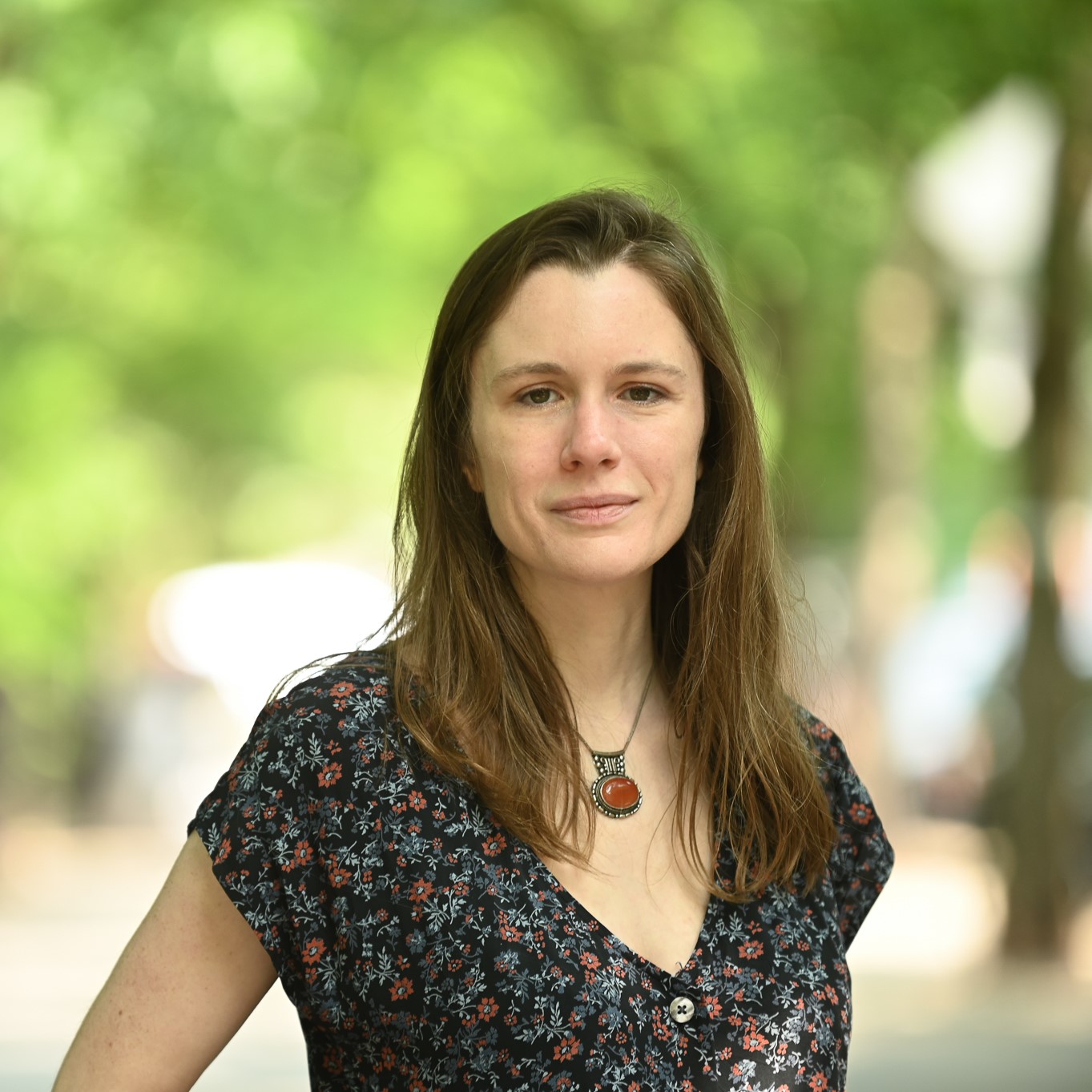Becoming Jewish Americans: Popular Culture and Protest in Yiddish New York

Part of the series, The Dynamics of Change
With Annabel Gottfried Cohen, MRes, PhD student in Modern Jewish Studies, JTS, and curator of Living Yiddish in New York exhibit, JTS Library
For newly arrived Jewish immigrants, New York was a city of contradictions. Here they experienced freedoms and opportunities they hadn’t enjoyed in the “old country,” allowing for the development of a mass popular culture that was at once Yiddish and American. Yet for many Jews, the pace of change was too fast, representing the decline of traditional Jewish values and cultures. Meanwhile, for those who found success on the Yiddish stage, screen, and in the press, America was indeed a “golden country,” but the vast majority of Jewish immigrants lived in extreme poverty and hardship. Home to the first popular Yiddish press and the world’s biggest Yiddish theater district, New York was also soon home to a sizeable Jewish labor movement and an important center for the transnational Jewish left. Using materials featured in the JTS Library’s exhibition, we learn about Jewish immigrants in late-19th to early–20th century New York, and the various ways that they embraced, resisted, and demanded change.
About the Series
Change is an integral part of life and a central feature of the Jewish experience. Join JTS scholars for an in-depth exploration of significant changes—religious, political, and personal—throughout Jewish history and life. Together we’ll consider core questions such as: What inspires change? What circumstances are most conducive to change, and what (or who) drives it? How do we experience change and adapt to its impact? How can Jewish values and ideas inspire us to change the world for the better?



